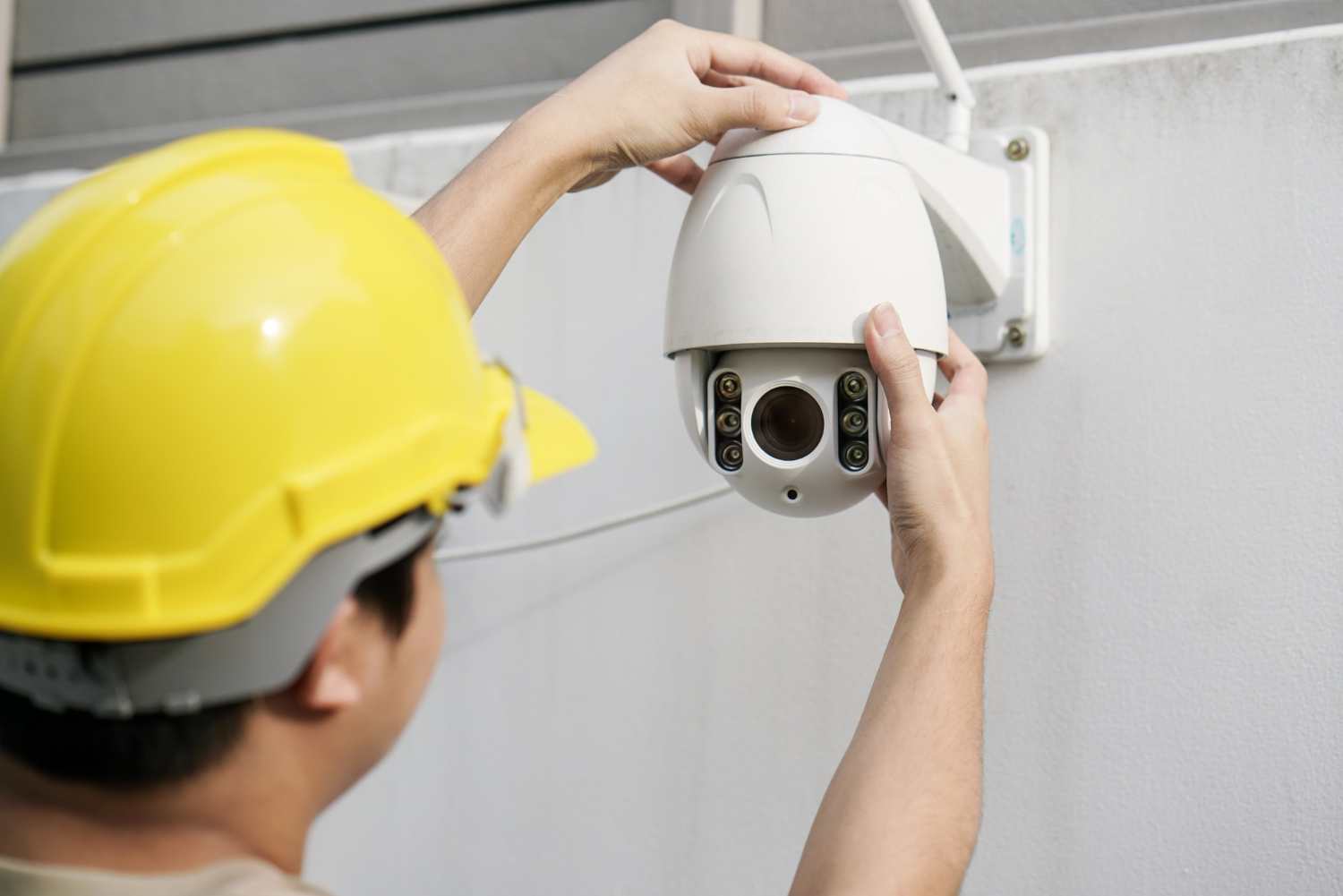Understanding the Security Alarm Systems
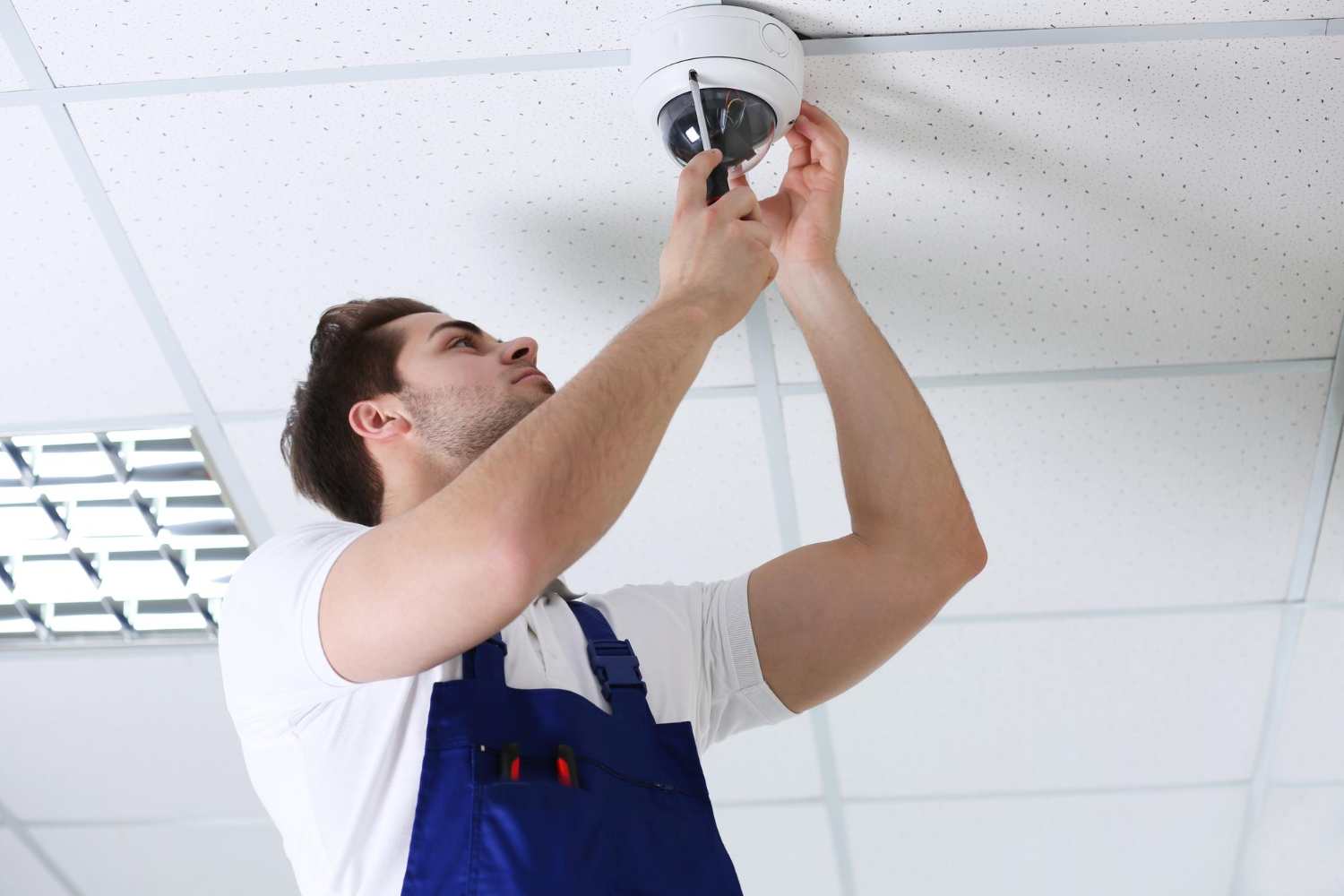
Security alarm systems have gained popularity due to their benefits. They offer an easy, extremely, yet highly effective way to protect your property. Whether it is commercial or residential, they are designed to provide uninterruptible security against illegal breaches and burglaries.
This blog explains the alarm systems, including their components, types and how to install them. We have also guided you on the maintenance and the cost of security alarm systems.
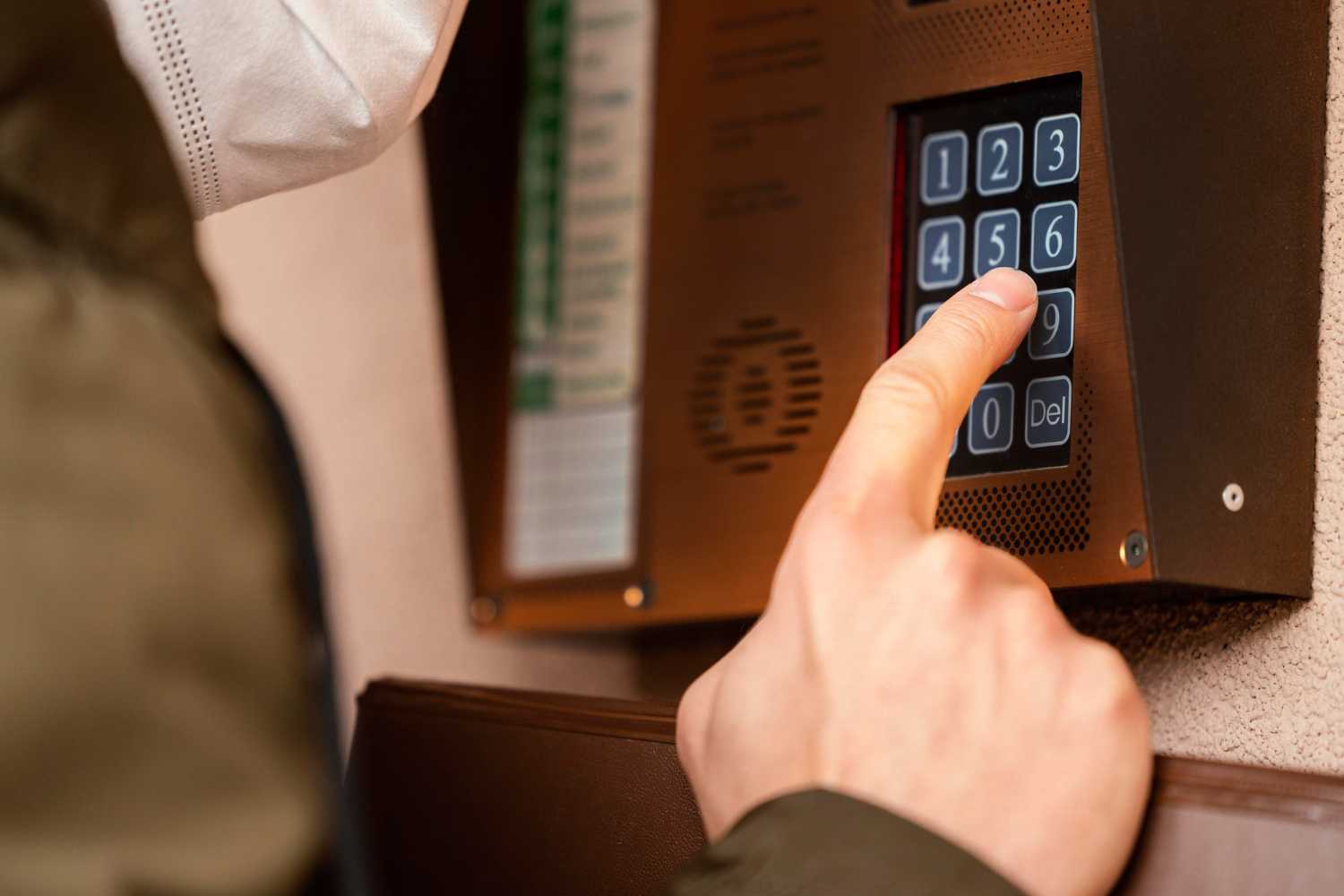

Components of a Security Alarm System
A security alarm system is composed of several components that serve different purposes. We have described them below:
Control Panel: Serving as a central unit, a control panel manages all the functions of an alarm system. It receives and interprets the signals from different sensors and triggers a pre-programmed response such as an alarm.
Sensors: Sensors are developed and programmed to sense movement and change in the environment, such as smoke, heat and motion. Some sensors can also sense the vibrations from a glass breakage of doors or windows. They send the signals to the control panel to trigger a response.
Siren or Alarm: These are audible or visual signals that are integrated with the system. When the control unit triggers the response to the signals from the sensors, it activates these sirens or alarms to alert the occupants of any intrusion.
Keypad: This is basically an input device designed and integrated to take manual control and override the system through codes and commands. A keypad can also be used to disarm or arm the system and design an authorised entry system.
Backup Power Supply: A backup power supply, like battery, is installed to ensure an uninterruptible power supply to the system. It generally is an isolated power supply that keeps the system up and running during any power outage.
Monitoring Station: Some alarm systems are connected to a monitoring station, which receives alerts and notifies the authorities or designated individuals in case of an emergency.
CCTV Cameras: Modern security alarm systems can be integrated with CCTV cameras as well to monitor the property inside out and provide better surveillance and control over the system.
Different Types of Security Alarm Systems
Wired Systems
Wired alarm systems are hardwired into a building’s electrical circuit. They typically consist of detectors, sensors, and a control panel connected through physical wires. Professional installation is usually required due to the complexity of running wires throughout the property.
While they can offer a reliable connection, they may be challenging to expand or modify, as new wiring might be needed. Despite these limitations, wired systems are often chosen for their stability and resistance to interference, making them a preferred option for areas with high-security requirements.
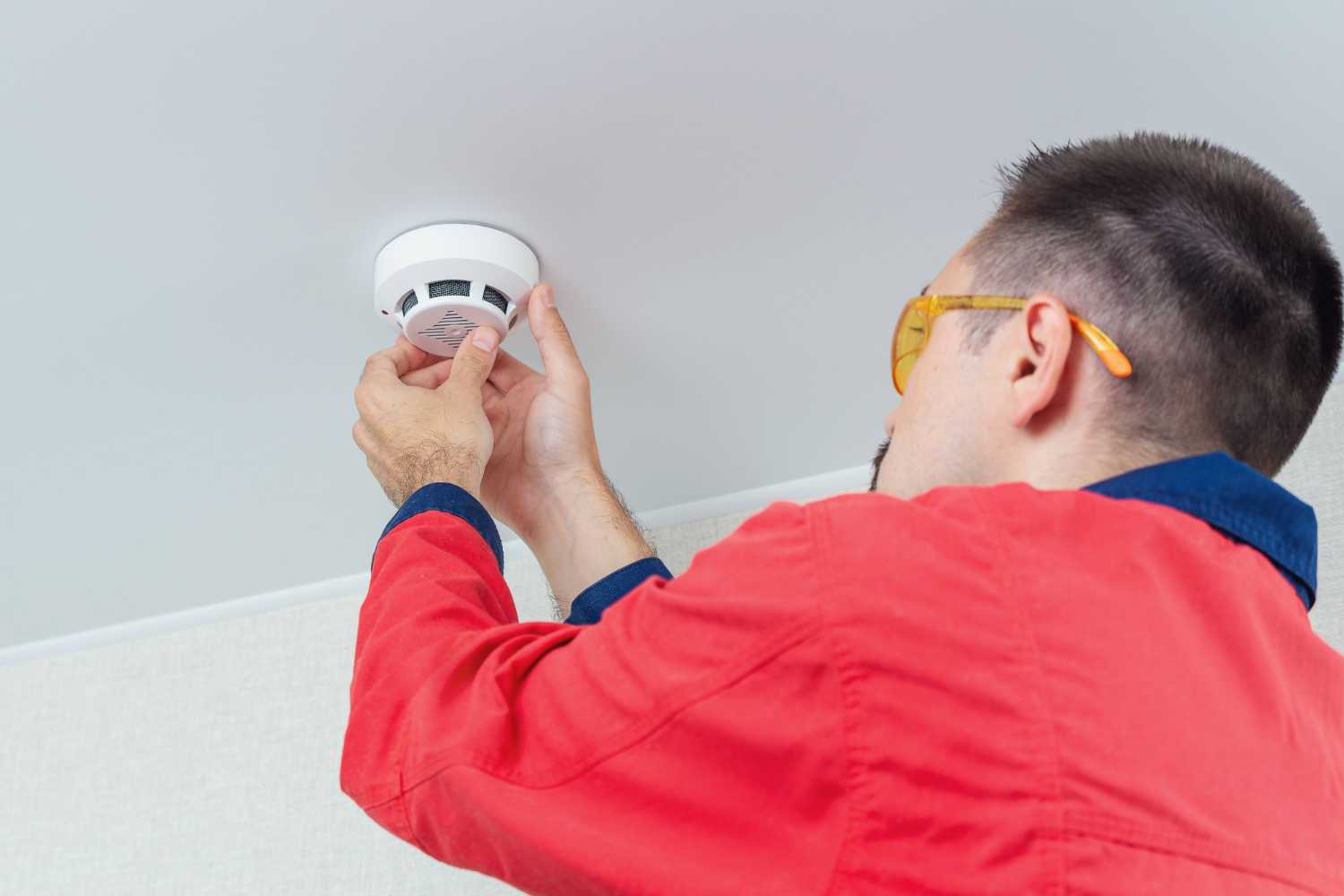

Wireless Systems
Wireless alarm systems communicate through radio waves between the central control panel and various components such as sensors and detectors. These systems are relatively easy to install since they don’t require extensive wiring. They offer flexibility in component placement and can be easily customised to suit specific security needs.
However, wireless systems might be susceptible to signal interference or range limitations depending on the technology used. Despite these potential drawbacks, they are popular for their convenience and adaptability.
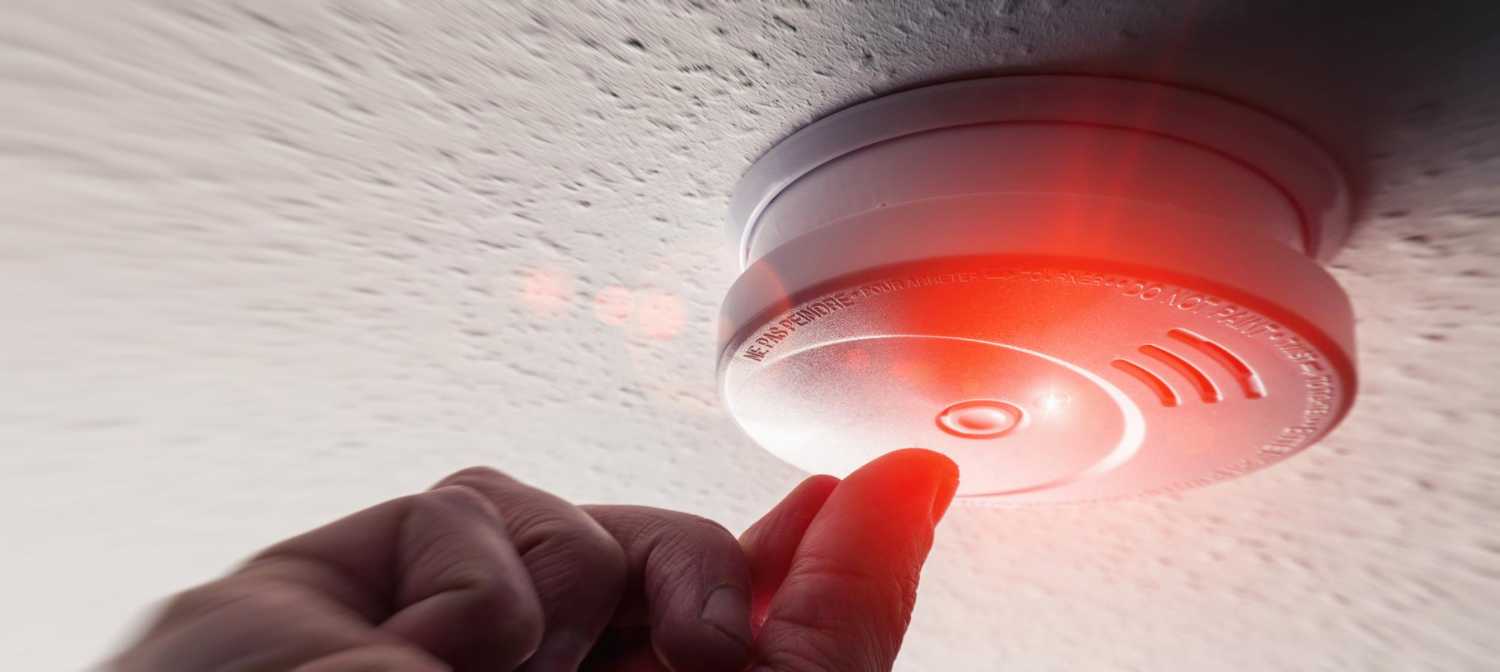

Hybrid Systems
Hybrid alarm systems combine the benefits of both wired and wireless components. This approach provides the flexibility of wireless systems and the stability of wired connections for certain components. For instance, a hybrid system might use wired connections for critical sensors near the control panel and wireless connections for more remote or hard-to-reach areas.
This blend of technologies allows for a tailored security solution that addresses the strengths and weaknesses of both wired and wireless setups.
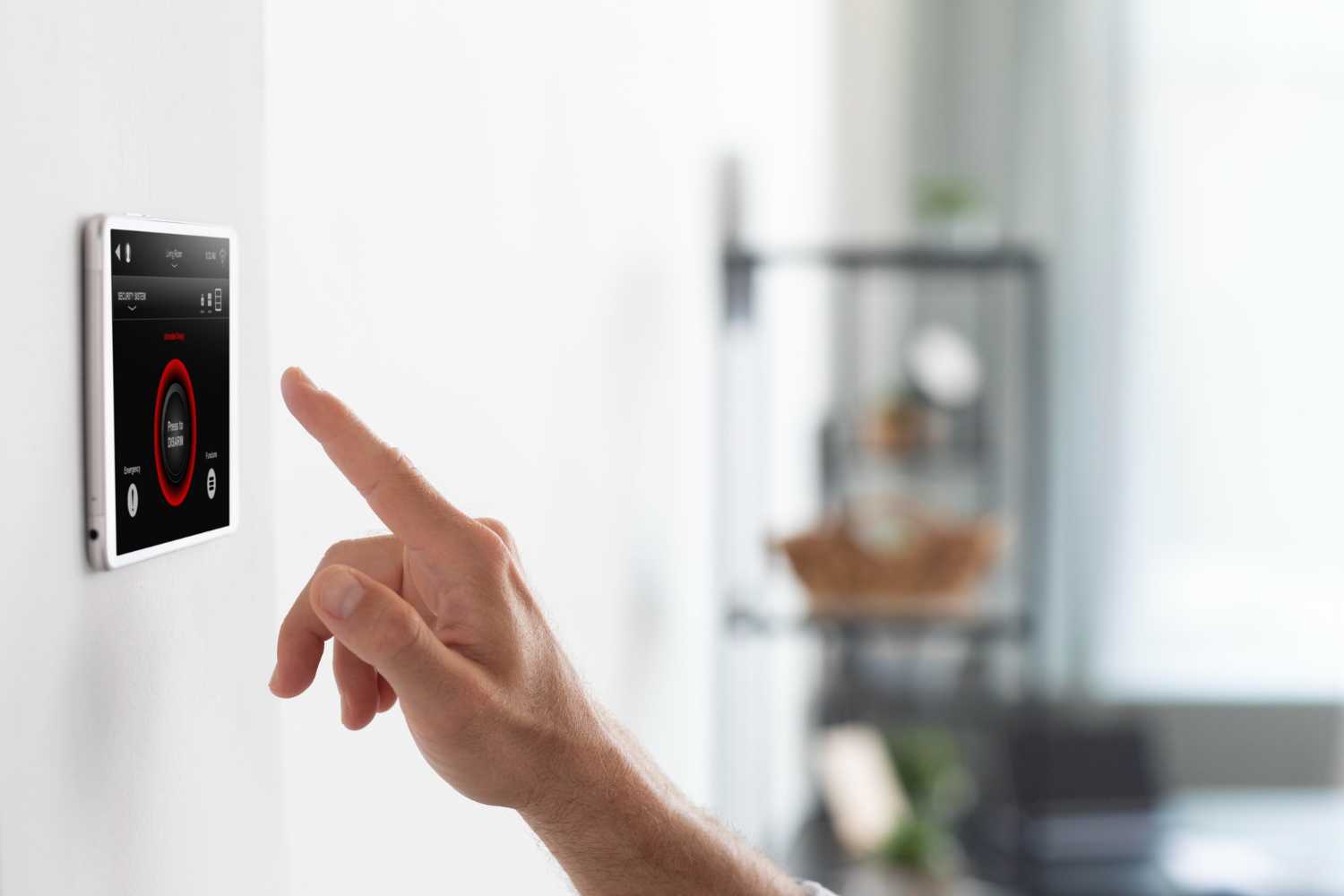

Audible Systems
Audible alarm systems are designed to produce a loud and attention-grabbing alarm when triggered. The sound is intended to alert occupants of a potential threat and deter intruders from proceeding further.
These systems often include sirens, bells, or strobe lights that activate when a sensor detects an unauthorised entry or other security breach. Audible systems are effective in getting immediate attention, both from those within the premises and potentially from neighbours or passersby.
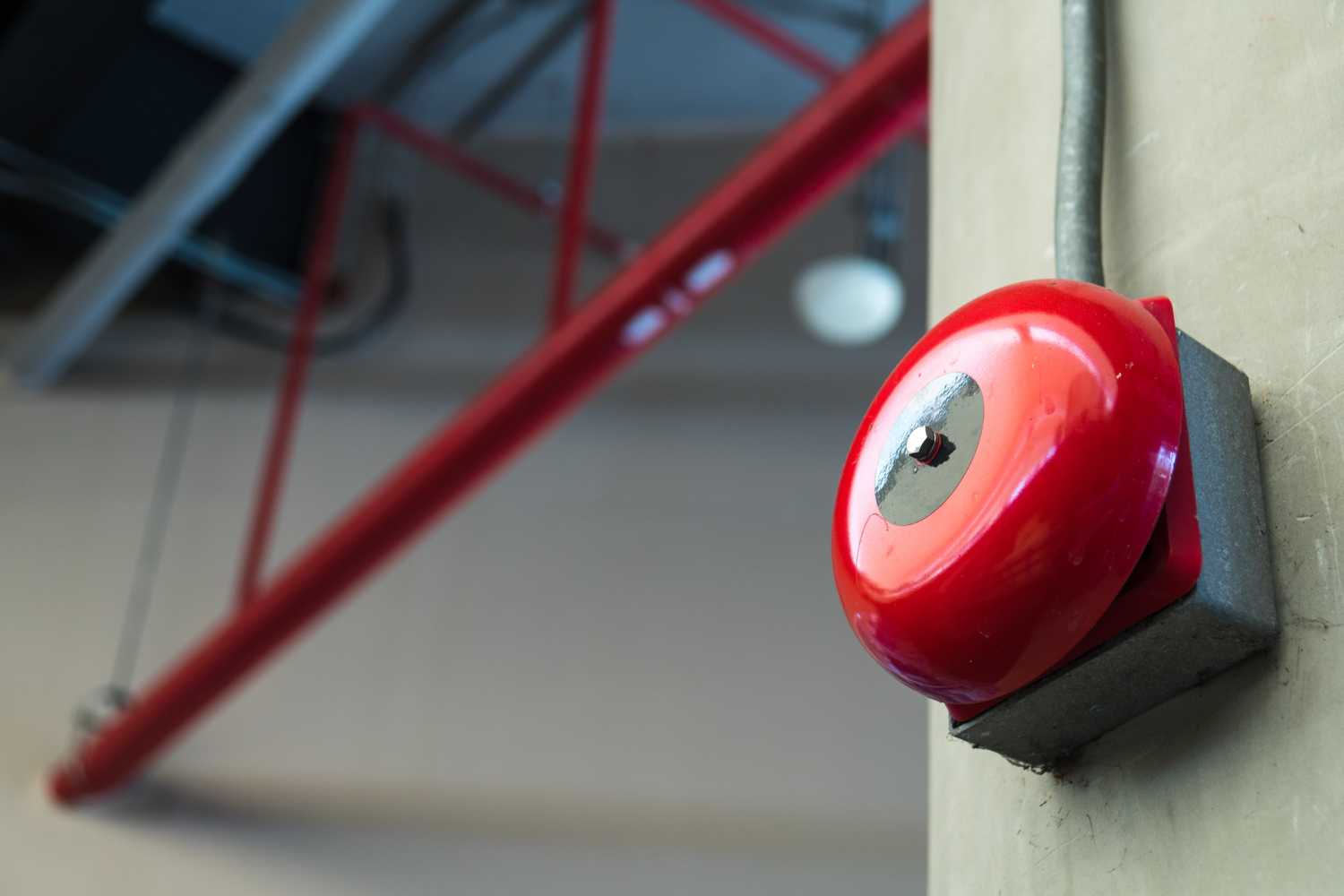

Monitored Systems
Monitored alarm systems are connected to a monitoring centre that oversees the security of the property. When an alarm is triggered, the monitoring centre is notified, and they can take appropriate actions, such as contacting the homeowners, emergency services, or designated contacts.
This type of system adds an extra layer of security, as professionals are actively keeping an eye on the property even when the homeowners are not present. Monitored systems are particularly beneficial for areas where a rapid response is critical.
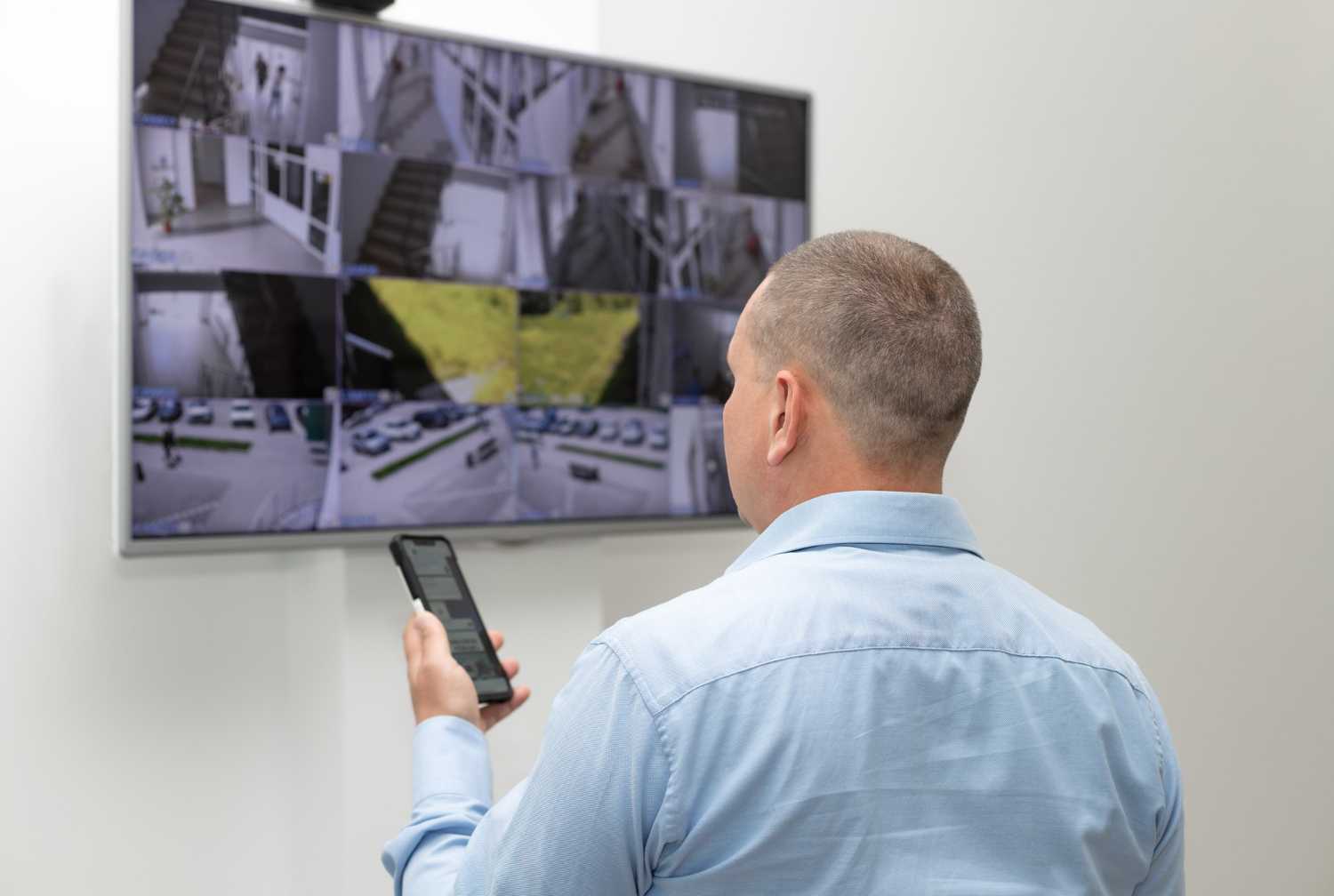

Smart Systems
Smart alarm systems are integrated with modern technology, allowing users to remotely monitor and control their security setup using smartphones, tablets, or computers. Users can receive real-time notifications, arm or disarm the system remotely, and even access security camera feeds from anywhere with an internet connection.
Smart systems offer convenience and flexibility, making them popular for individuals who want to stay connected to their home security even when they’re away.
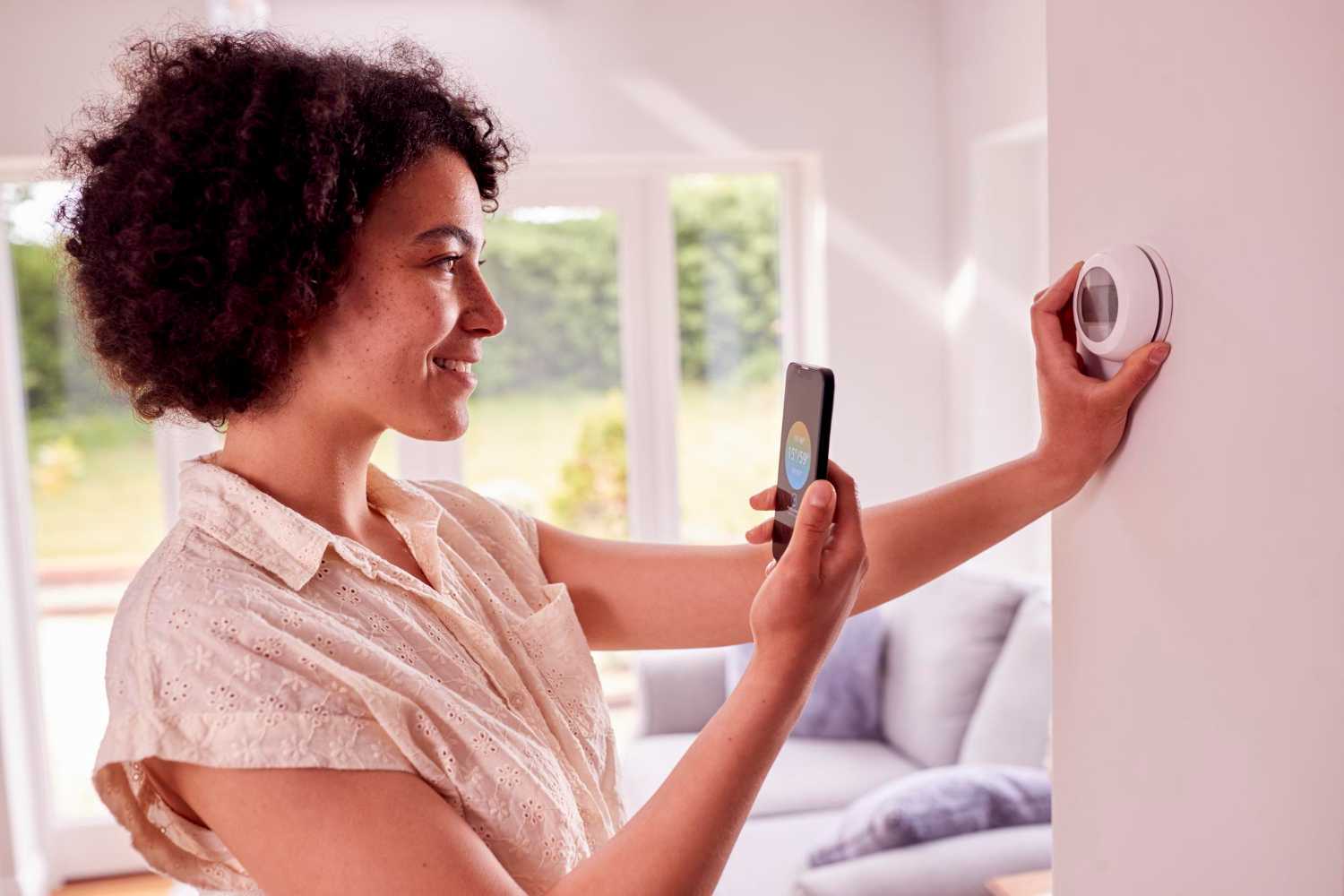

Process of Installing the Security Alarm System
- A site survey is conducted to assess the design and equipment requirements.
- Points are marked for the sensors, cameras and other components of the system.
- An alarm system is designed according to the requirements of the property.
- The system is installed along with all of its components and checked for any dysfunctionality.
- The Users are guided on how to use the system and maintain it for optimal output.
Dummy Security Alarm Systems
A dummy alarm system is a decoy or fake system that mimics the real security alarm system but actually doesn’t work. The purpose of these systems is to create a psychological effect on any potential criminal to rethink before breaking and entering into the building. In other words, it is an inexpensive way to deter crimes such as burglary, theft and trespassing.
However, although these systems can provide a false sense of security and may even work in some theft and burglary incidents, they cannot be relied upon completely. That is why it is always recommended to install a real security alarm system with all the sensors and cameras to protect your family against domestic crimes.
How to Maintain the Security Alarm System?
Maintaining an alarm system is not a mammoth task if done on a regular basis. Here are a few tips that might come in handy for the purpose:
Conduct a Weekly Locks and Sensors inspection
Check the locks of all the doors and windows to make sure they are sound and working perfectly. Look for any signs of damage and deterioration or damages. Inspect the frames of all the doors and windows for rotting or warping. If you see any damages or deterioration, act immediately to eradicate them.
Check all the sensors on the door and windows to make sure they are perfectly attached and are working fine. If you see any loose sensors, reattach them using adhesives or other suitable substances. Check the batteries of wireless alarms or sensors and replace them if you need them.
Inspect the Security Cameras
Inspect all the security cameras and their components, including cables, firmware and their configurations. See if there is any anomaly in the system that needs to be eradicated. Check for any visible signs of damage to the cameras and cables. Check the storage devices and servers and test the recording devices at different times of the day to ensure it is working fine.
Check the Control Panel
The control panel is the brain of a security system that manages all the sensors, triggers responses and keeps you updated on the security system’s current condition. It is very important to ensure that the control panel works fine every time. You can use the test mode to check everything is working fine. Inspect the panel visually for any damages, deterioration or loose cables.
Examine the Lights
Check all the exterior lights at least every month since they play an important part during a scenario. Check for any faulty lights and replace them immediately. Also, confirm that their angles are not shifted due to wind and readjust them if needed.
Request a Professional Inspection Annually
An annual inspection conducted by a professional can ensure the optimum functionality of your system for years to come. You can contact your service provider or any third-party service to conduct a thorough inspection of the hardware and software of the system and eradicate any problem to restore the functionality of the system.


Cost of the Security Alarm Systems
The cost of a security alarm system depends upon the scale, complexity and unique requirements of the project. However, the following details will provide an estimate of the installation cost:
- A bell-only alarm system with two sensors and one door contact can cost you around £525 for wireless and £500 for a wired system.
- A smart alarm system with two sensors and 1 door contact can cost around £650.
- CCTV installation can take around £800.




